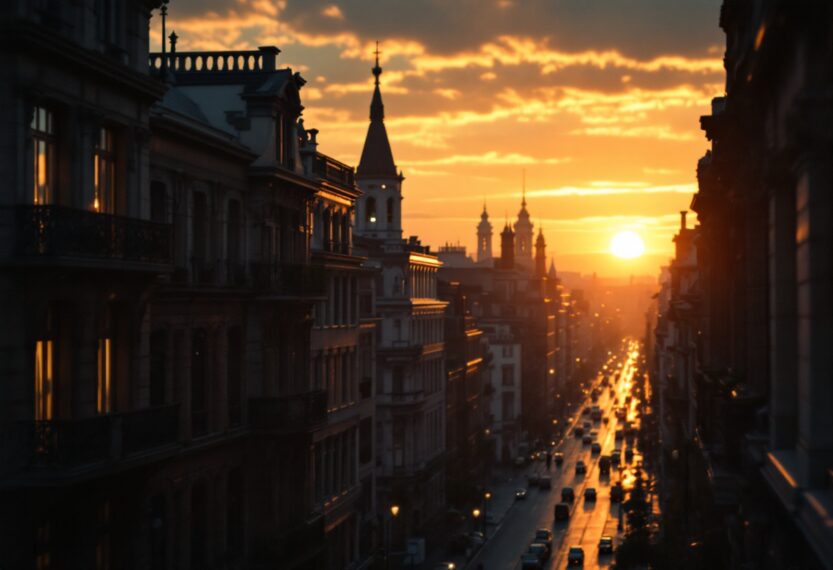In the realm of contemporary cinema, few directors have managed to carve out a niche as distinctive as Sean Baker. With his latest film, Anora, Baker not only showcases his storytelling prowess but also elevates the art of cinematography to new heights. Collaborating with cinematographer Drew Daniels, the duo has crafted a film that is both visually stunning and narratively compelling, drawing inspiration from the rich tapestry of 1970s cinema while infusing it with a modern sensibility.
The significance of budget in creative expression
One of the most notable aspects of Anora is the substantial increase in budget compared to Baker’s previous work, Red Rocket. This financial boost has allowed for a broader range of locations and more intricate shots, enhancing the film’s overall aesthetic. Baker himself acknowledges this shift, stating, “We had six times the budget, which allowed us more tools.” This financial flexibility is evident in the film’s diverse settings and the meticulous attention to detail in each frame, showcasing a sophisticated visual language that resonates with audiences.
Visual storytelling and homage to classic cinema
Throughout Anora, Baker and Daniels employ a variety of cinematic techniques that pay homage to classic films while maintaining a unique identity. The use of vintage anamorphic lenses adds a layer of depth and richness to the visuals, allowing for a vibrant color palette that contrasts beautifully with the stark winter backdrop of New York City. As Daniels notes, the film leans into a full spectrum of colors, particularly red and blue, creating a visual narrative that is both engaging and evocative.
Character-driven cinematography
At the heart of Anora lies a profound exploration of character, particularly through the lens of its protagonist, Ani, portrayed by Mikey Madison. Baker’s decision to focus on intimate close-ups allows the audience to connect deeply with Ani’s emotional journey. The cinematography captures her vulnerability and strength, particularly in moments where she is physically restrained yet mentally resolute. Baker emphasizes the importance of these shots, stating, “Subtextually, this character is not being heard. She’s being silenced, literally; she’s being gagged.” This focus on visual storytelling invites viewers to engage with the character’s internal struggles, making for a more immersive cinematic experience.
Innovative use of location and setting
The film’s setting plays a crucial role in shaping its narrative. Baker’s intention to immerse the audience in the Russian-American community of Brighton Beach is evident in every frame. The vibrant streets, iconic landmarks, and the unique auditory landscape of the area contribute to the film’s authenticity. As Baker explains, “We wanted to not only immerse ourselves in the Russian-American community but really show the color of it.” This dedication to location not only enriches the film’s visual appeal but also grounds its narrative in a specific cultural context, enhancing its relatability and depth.
Conclusion
In Anora, Sean Baker and Drew Daniels have created a cinematic masterpiece that transcends traditional storytelling. Through innovative cinematography, a rich color palette, and a deep understanding of character, the film stands as a testament to the power of visual storytelling in modern cinema. As audiences continue to engage with this film, it is clear that Baker has successfully bridged the gap between independent filmmaking and mainstream recognition, solidifying his place as a visionary in the industry.

